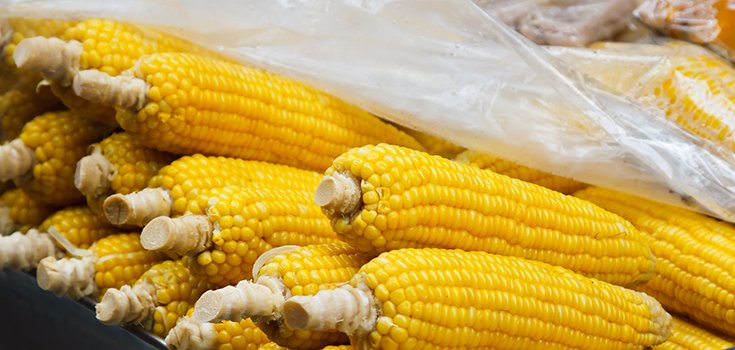Russia Replaces U.S. Soybean Imports with Latin American Ones

America’s exports of soybeans and other crops don’t meet Russian food standards, so the country will start sourcing them from Latin America, according to Agriculture Minister Alexander Tkachev.
Russia recently reported U.S. imports contaminated with genetically modified material and microbial disease, as well as weed seeds and dry rot. The country banned imports of soybeans and corn for this reason.
In January to October of 2016, Russia imported 300,000 tons of soybeans from the US. The possible cost of the quarantined goods sent to Russia is about $188 million (15 billion rubles).
According to the Non-GMO Sourcebook, there are multiple Latin American suppliers of soybeans that have not been genetically modified. These include ABRANGE (Brazilian Association for the Producers of Non-GM Grains), COTRIMAIO (Cooperative Agropecuária Alto Urugaui, Ltda.), GaMa S.A., also of Brazil, Planagro Bio S.A. in Argentina, and many more.
Several years ago, American farmers started asking why they needed to sacrifice export markets in order to continue growing GMO. Recently GM alfalfa was ‘unsellable’ because foreign markets did not want the crop. Later, Washington State found that the GM crop had contaminated non-GM alfalfa.
China has also spurned GM corn crops from the U.S., causing local farmers to lose billions in unrealized sales. Although China has a big appetite for corn for ethanol production, it has turned down shipment after shipment of GM-contaminated crops from the U.S. over the past several years. At least $1.6 billion worth of GM corn was sent to China last year.
Russia’s president, Vladimir Putin, has recently stated that the country plans to become one of the biggest exporters of non-GM, organic crops in the world. They can’t very well do this if their own crops become contaminated with genetically modified seed.
Is it any wonder that Russia would refuse crops from the U.S. when Russia is staunchly against GMOs and is trying to gain international attention for being GMO-free?
Sources:
